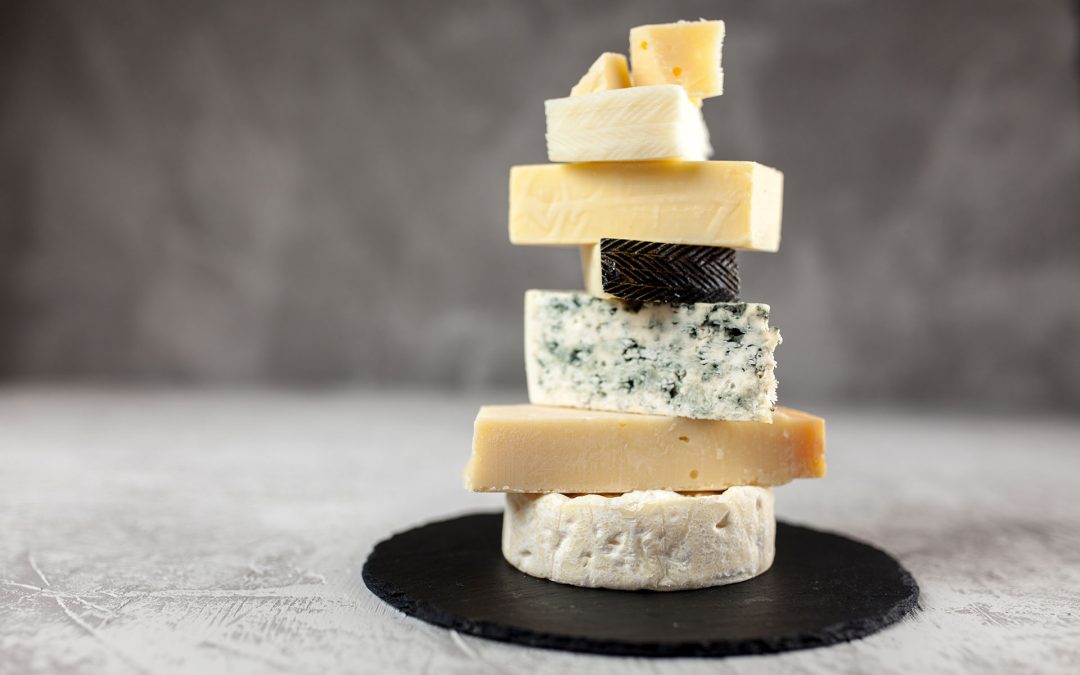How do you like your cheese? Soft or hard? Smooth or crumbly? Salty or creamy? The deeper you dive into cheese classifications, the more difficult it is to find a single favorite. There are just too many options to choose from—there are over 2,000 varieties from all over the world!
Every country has its own version or permutation of cheese, which proves just how cheese-loving the human race is. While the Philippines doesn’t have a lot of locally-made cheeses available in the market, this has never stopped us from expressing our affinity for cheese. We even recognize and celebrate the National Cheese Day of the US!
Can you get any cheesier than that? Here are the different types of cheeses proudly made in the Philippines.
Cheeses from the Philippines
Kesong Puti
- The most popular type of cheese in the Philippines, “kesong puti” translates to white cheese.
- This soft and unaged cheese uses unskimmed carabao milk, salt, and vinegar or citrus juices.
- Kesong puti is commonly eaten for breakfast together with pandesal. It is also sometimes used as topping for various sweet pastries and savory dishes.
Kesilyo
- Similar to kesong puti, kesilyo is also a white cheese but with a softer texture.
- It is popular in the province of Cavite, where it is also called quesillo or kasilyo.
- The kesilyo uses vinegar as its main coagulant and salt is added to the milk before production.
Kiseyo
- Also called queseo, kiseyo is another type of kesong puti, but is usually sold flat and round.
- It is mainly produced in Cebu’s Danao City and Compostela, where the town celebrates an annual Queseo Festival.
- They also produce and consume it heavily in Samar.
- This cheese is made out of cow’s milk and is usually saltier than other types of kesong puti.
Davao Blue Goat Cheese
- This cheese is made by Malagos Farmhouse in Davao using goat’s milk.
- The fresh milk is pasteurized and soured to create its distinct blue molds.
- The Davao Blue Goat Cheese has a nutty and earthy flavor profile, which makes it a good addition to salads, sandwiches, and pasta dishes.
Carabao Milk Mozzarella
- Fresh and soft mozzarella is prepared in the Philippines using carabao’s milk.
- This cheese was developed by The Philippine Carabao Center with milk from superior breeds of Bulgarian Buffaloes.
- The Philippines’ carabao milk mozzarella has lower fat content compared to the traditional Italian kind.
Queso de Bola
- What is recognized as Edam globally is called queso de bola in the Philippines.
- Compared to the original version made in Edam, the Netherlands, the queso de bola of the Philippines has a harder texture and a saltier flavor profile.
- The red wax-coated cheese is a highlight of Filipino Christmas celebrations, where it is consumed on its own, paired with jamon, or topped over ensaymada.



Recent Comments